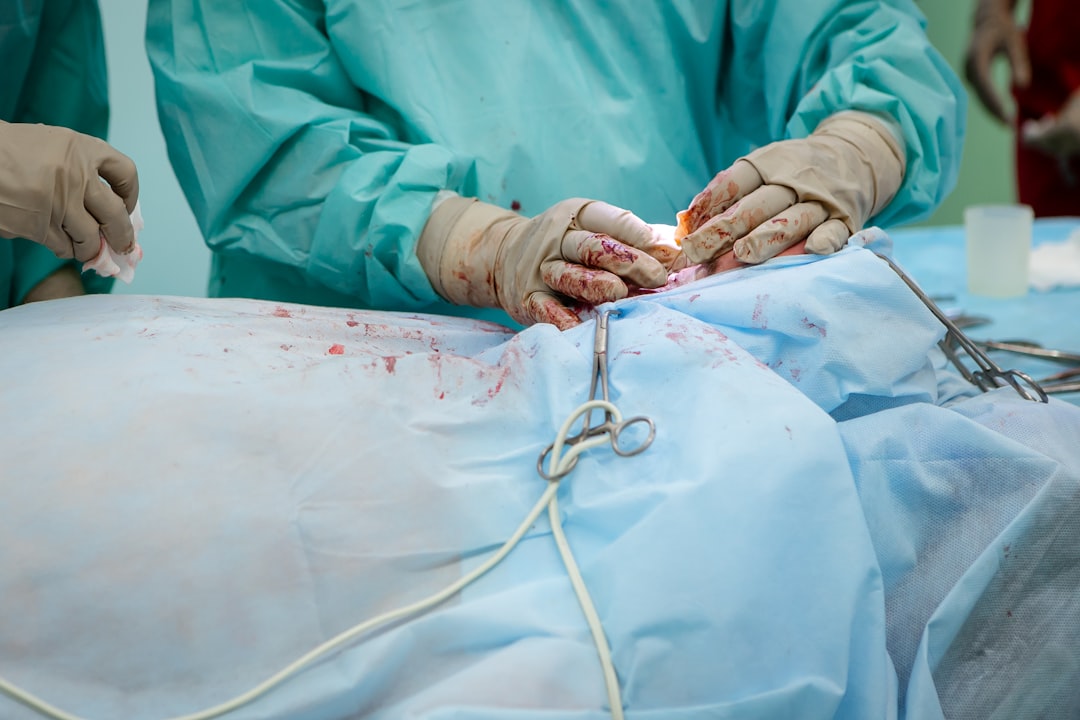What is it about?
The prime objective of the proposed dataset is to provide a platform for researchers working on retinal diseases, specifically for DR. It can also be utilized for other retinal diseases such as hypertensive retinopathy (HR), ME, papilledema and for person identification systems. The proposed digital retinal database will work as a benchmark dataset to testify the performance, reliability and authenticity of fully/semi-automated disease diagnostic systems and person identification systems related to retinal images. The proposed benchmark for the detection of DR is publicly available for research purposes.
Featured Image

Photo by v2osk on Unsplash
Why is it important?
Pioneer benckmark dataset for detection of Diabetic Retinopathy with all stages classification done by a panel of 5 consultant ophthalmologists. All disease symptoms indicated by the panel.
Perspectives
Diabetes mellitus is an enduring disease related with significant morbidity and mortality. The main pathogenesis behind this disease is its numerous micro- and macro-vascular complications. In developing countries, diabetic retinopathy (DR) is one of the major sources of vision impairment in working age population. DR has been classified into two categories: proliferative diabetic retinopathy (PDR) and non-proliferative diabetic retinopathy (NPDR). NPDR is further classified into mild, moderate and severe, while PDR is further classified into early PDR, high risk PDR and advanced diabetic eye disease. DR is a disease caused due to high blood glucose levels which result in vision loss or permanent blindness. High-level advancements in the field of bio-medical image processing have speeded up the automated process of disease diagnoses and analysis. Much research has been conducted and computerized systems have been designed to detect and analyze retinal diseases through image processing. Similarly, a number of algorithms have been designed to detect and grade DR by analyzing different symptoms including microaneurysms, soft exudates, hard exudates, cotton wool spots, fibrotic bands, neovascularization on disc (NVD), neovascularization elsewhere (NVE), hemorrhages and tractional bands. The visual examination of the retina is a vital test to diagnose DR-related complications. However, all the DR computer-aided diagnostic systems require a standard dataset for the estimation of their efficiency, performance and accuracy. This research presents a benchmark for the evaluation of computer-based DR diagnostic systems. The existing DR benchmarks are small in size and do not cover all the DR stages and categories. The dataset contains 1445 high-quality fundus photographs of retinal images, acquired over 2 years from the records of the patients who presented to the Department of Ophthalmology, Holy Family Hospital, Rawalpindi. This benchmark provides an evaluation platform for medical image analysis researchers. Furthermore, it provides evaluation data for all the stages of DR.
Muhammad Noor-ul-huda Qadri
Bahria University
Read the Original
This page is a summary of: Retinal images benchmark for the detection of diabetic retinopathy and clinically significant macular edema (CSME), Biomedical Engineering / Biomedizinische Technik, May 2019, De Gruyter,
DOI: 10.1515/bmt-2018-0098.
You can read the full text:
Resources
Diabetic Retinopathy Benchmark Dataset / Retinal Images Benchmark Dataset
Biomedical Engineering / Biomedizinische Technik Joint Journal of the German Society for Biomedical Engineering in VDE and the Austrian and Swiss Societies for Biomedical Engineering and the German Society of Biomaterials.
Diabetic Retinopathy Benchmark Dataset / Retinal Images Benchmark Dataset
If want to get your full Word / PDF copy free please fell free to email at: noor.uol@outlook.com
Contributors
The following have contributed to this page










